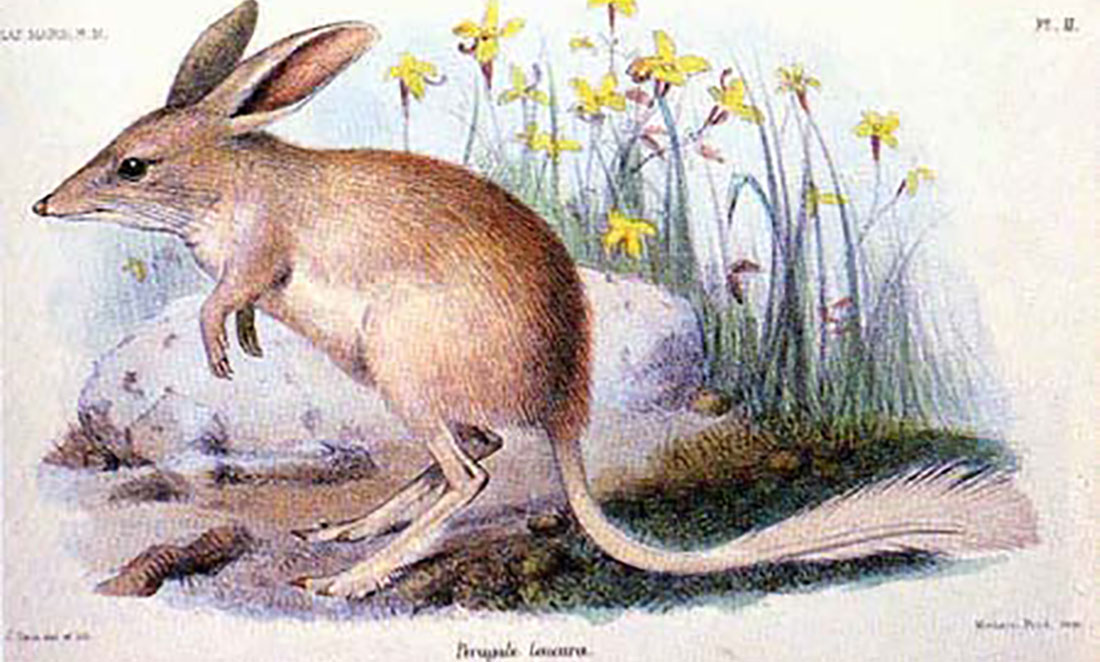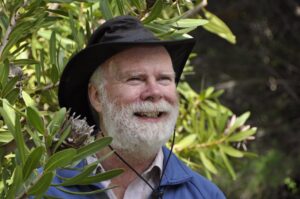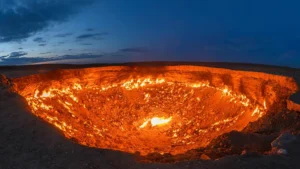Beneath the dry, dusty landscape of a sprawling South Australian cattle station lies an ancient graveyard.
Twenty-five million years ago, Etadunna Station was a lake surrounded by woodland.
Now, its treasure trove of prehistoric fossils are helping scientists unravel the mysteries of life on Earth aeons ago.
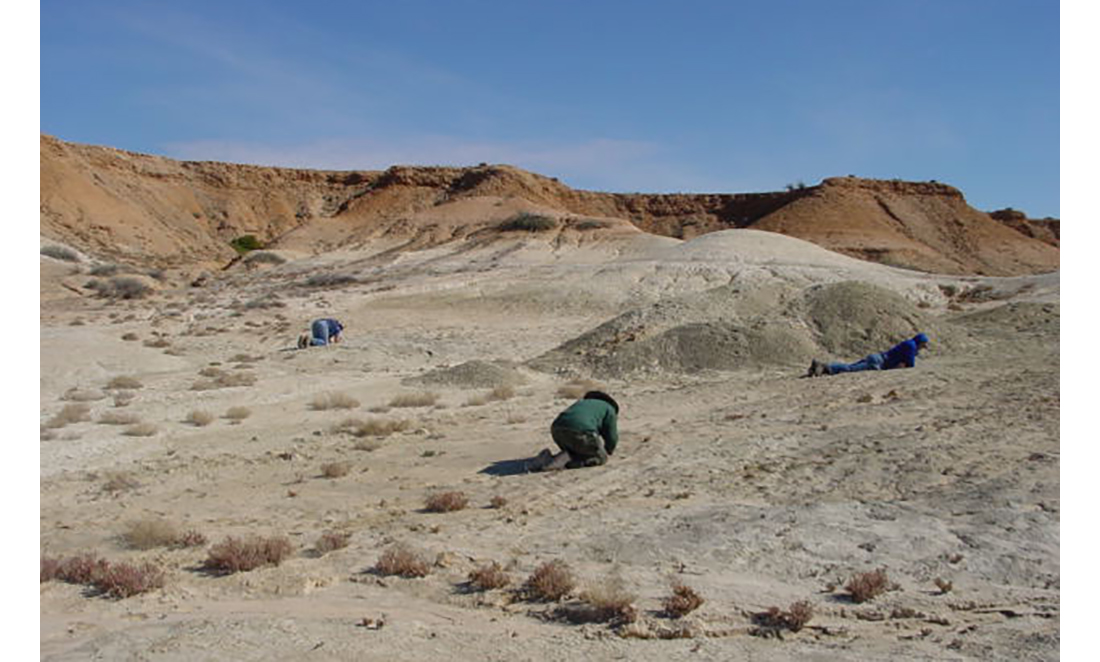
Dental detective work
WA Museum palaeontologist Dr Kenny Travouillon is an expert on bandicoot and bilby evolution.
Kenny analysed fossils collected from Etadunna by US researchers to shed light on the marsupials’ evolution.
Comparing the teeth of modern bilbies and their distant ancestors shows how their diet changed over time.
Kenny combined his dental detective work with geological data from other scientists. These records show what the climate was like by way of chemicals in the atmosphere added to the soil by plants.
Slowly, these puzzle pieces begin to form a picture.
The big chill
During the Miocene era (roughly 23 to 5 million years ago), the tropical rainforests that once covered Australia were shrinking.
The polar caps were freezing, meaning less rain, and Earth cooled over millions of years.
Species competed fiercely over the remaining resources; causing many to change size over time.
“The bilby that was discovered there was probably the largest species by far,” Kenny says.
“It would have been about the size of today’s lesser bilby. Everything else at that point was much smaller – the size of a mouse.”
But it wasn’t alone.
Hop to it
The first hopping kangaroos evolved from their rainforest-dwelling ancestors to cover vast plains in search of food and mates.
Small cat-like marsupials called dasyurids hunted ground-dwelling bilbies and bandicoots. The quoll and Tasmanian devil are modern-day dasyurids.
“The dasyurids don’t seem to be very prevalent, whereas today, they’re the most diverse group of marsupials, with kangaroos the second most diverse,” says Kenny.
But the fossils collected at Etadunna Station met a different end – crocodile attack.
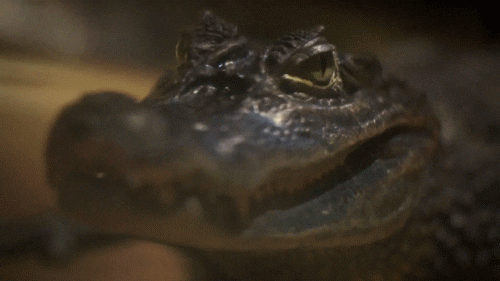
Crocodile ‘larders’
Professor Judd Case is an evolutionary biologist at Eastern Washington University. His team found the fossils at Etadunna Station by combing through ancient lake deposits.
“We find lakes with partial skeletons where crocs have pulled the animals in,” says Judd.
“It’s their larder, to come back later. Then it gets covered up and they can’t find it – until we do millions of years later.”
But even when you know where to look, finding fossils isn’t easy.
Judd’s team built quarries in areas where they expected to find fossils.
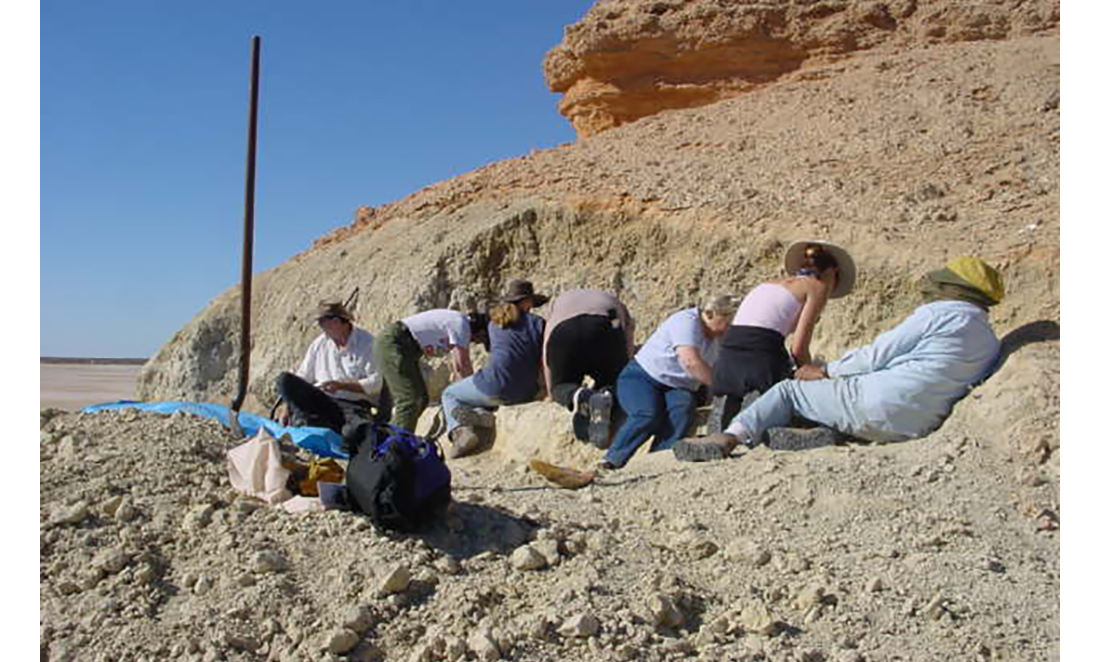
“You’re on your knees in the quarry to find these larger bones,” says Judd. “But most of the fossils are fragments of skull or teeth. You need to sieve through them with water.”
With not enough water to sift all the dirt and rock, the team ended up bringing kilos of potential fossils back to Adelaide.
“It’s the last, most tedious part of the process to pick through that,” says Judd. “You sort through grain by grain, picking out any bone that’s there.”
Each excavated rock layer can represent millions of years. Over these massive timespans, the climate changed many times. These changes caused some species to go extinct and slowly moulded Australia’s modern-day marsupial species.
“The fossils show changes in climate really shaped the modern bandicoots,” says Judd.
“It was the combination of many climate changes that caused multiple extinction events.”
*Feature image full credit: Sheepbaa http://en.wikipedia.org/wiki/Image:Lesserbilby.jpg, Public domain, via Wikimedia Commons



